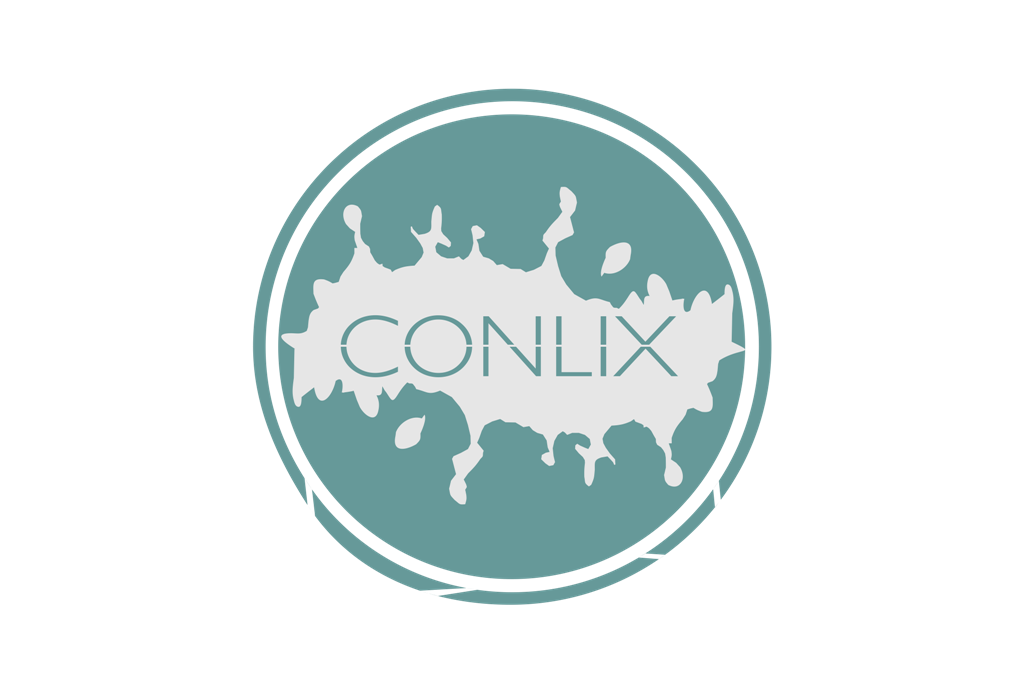The history and evolution of concrete is a fascinating journey that spans thousands of years, from ancient civilizations to modern mega-structures. Concrete has become one of the most essential building materials in the world, shaping the urban landscapes we live in today.
The history and evolution of concrete from ancient Innovations to modern use
The origins of concrete date back to ancient times. The Egyptians used a primitive form of concrete to construct the pyramids, blending mud and straw to create sturdy bricks. However, it was the Romans who truly revolutionized concrete by inventing a mix using volcanic ash, lime, and seawater. This mixture, known as Roman concrete, allowed them to build marvels like the Pantheon and aqueducts—structures that still stand today.
During the Middle Ages, knowledge of concrete construction diminished, leading to a decline in quality and innovation. It wasn’t until the 18th century that the material saw a resurgence, with improvements in chemistry and construction techniques breathing new life into its use.
Today, modern concrete incorporates high-performance compounds, eco-friendly additives, and advanced reinforcement methods. It’s a material in constant evolution, meeting the growing demands of structural durability and sustainable solutions.
Ancient Roots of Cement-Based Construction
Early concrete used by civilizations in Mesopotamia, Egypt, and Rome laid the foundation—both literally and metaphorically—for future innovations. These cultures discovered the practical benefits of combining binding agents with aggregates, giving rise to structural endurance we still admire today. The practices of these ancient builders act as living examples of early engineering mastery.
The History and Evolution of Concrete in the Industrial Era
The history and evolution of concrete accelerated rapidly during the Industrial Revolution. The invention of Portland cement in the 19th century marked a critical point, offering a stronger and more reliable base component. This breakthrough allowed builders to construct taller buildings and longer bridges with improved strength and efficiency.
Reinforced concrete—a combination of concrete with steel rods or mesh—soon followed. It transformed how structures were designed. With increased load-bearing capacity, architects began to dream bigger, literally reaching for the sky with skyscrapers and megastructures.
New processing techniques and batching technologies have only improved since then, making modern concrete not just strong but versatile. Formulations used in today’s projects include quick-setting blends and environmentally conscious additives that cater to changing needs in infrastructure and climate response.
Modern Advances in Concrete Engineering
Today’s concrete incorporates finely tuned formulations to improve installation times, surface smoothness, and durability. Cutting-edge additives help transform surfaces, reduce corrosion, and extend the material’s lifespan. Innovations such as self-healing concrete and carbon-absorbing blends are beginning to reshape how we think about infrastructure in the face of climate change.
The History and Evolution of Concrete in Architecture and Urban Development
The impact of the History and Evolution of Concrete on urban design and architecture is immeasurable. It has enabled creative freedom and technical functionality, merging style with substance. From Brutalist architecture of the post-war era to the flowing contours of futuristic buildings, concrete adapts to every design era.
Its availability and workability make it a natural choice for everything from parking structures to high-speed rail bases. Cities from Tokyo to Chicago owe their skylines and roadways to concrete innovation. It’s a material of both necessity and invention.
Architects now rely on digitally mapped models and prefabricated forms that allow concrete to be poured with precision and creativity. These advancements result in structures that are both beautiful and functionally resilient.
Concrete’s Role in Shaping the Modern City
Concrete doesn’t just build—it defines. Its adaptability means it can form the heart of industrial plants or the curves of a museum. The cityscape becomes, in a way, a reflection of concrete’s journey through time. As technology changes, so does the way we integrate concrete into new urban solutions.
Technologies Driving the History and Evolution of Concrete Forward
As we stand at another turning point in construction history, the newest phase of the History and Evolution of Concrete focuses on sustainability, speed, and digital integration. Smart sensors embedded in concrete allow for real-time monitoring of structural integrity. 3D-printed concrete opens new doors for disaster relief housing and large-scale prefabrication.
Green concrete, produced with recycled materials and lower carbon output, is helping meet global emission targets. Even removal and cleaning methods have evolved—there are now efficient and non-toxic technologies that help maintain concrete surfaces and extend their usability.
The balance between performance and environmental responsibility is shaping every new formula. Innovations like carbon-sequestering cement contribute to a sustainable future without sacrificing strength or durability.
Future Trends for a Timeless Material
Looking ahead, researchers are exploring bio-concrete that uses bacteria to self-repair cracks, as well as transparent concrete infused with optical fibers. As these trends become mainstream, concrete will remain the quiet yet powerful force behind human progress and adaptation.
The future of concrete is rooted in a past that stretches back millennia, but it is built with modern ambition and innovation.
In summary, the History and Evolution of Concrete represents more than just the development of a material—it tells a story of innovation, resilience, and transformation. From ancient bricks to futuristic structures, concrete continues to shape the way we live and build. As technology and sustainability move to the forefront, concrete will continue evolving, proving it’s not just a material of the past, but also the framework for our future.
